Understanding and mutual learning: How do Central Asia and Chinese civilization communicate?丨 丨 东西 东西
Author:China News Weekly Time:2022.08.05

This year marks the 30th anniversary of the establishment of diplomatic relations between China and the five Central Asia
In the new era port, it needs to be in a deeper sense
Understand many countries in Central Asia and this area
Then deepen the mutual learning and integration of civilizations in China and Central Asia
Author: Associate Professor of the School of Ethnology and Sociology, Yuan Jian University of Ethnology
Number of full text: 2666
Estimated reading time: 8 minutes

As part of the world, the relationship between China and the world constitutes a part of our understanding of its own historical status and future characters. As a big world, the surrounding area of the vast border of China and many countries and regions on the surrounding area have greatly affected our understanding of the important ideas of the surrounding and outside the domain, especially the edge and zone in global governance, Base.
Geographically, people generally believe that Central Asia is located in the inland areas in the middle of Asia and Europe, connected to Xinjiang, China in the east, borders Iran and Afghanistan in the south, connected to Russia in the north, adjacent to the west, including Kazakhstan, Uzbekistan, and Uzbekistan , Tagikistan, Kyrgyzstan and Turkmenistan. The disintegration of the Soviet Union at the end of 1991 and the independence of the five countries in Central Asia are the largest geopolitical changes in the direction of northwestern China in modern times. This year is the 30th anniversary of the establishment of diplomatic relations between China and the five Central Asia. In the new era port, it is necessary to understand many countries in Central Asia and this region in a deeper sense, and thus deepen the mutual learning and integration of civilization in China and Central Asia.
Look at Central Asia: a paradigmatic start of external cognition
"From the map, this large place is very similar to 'nature' between several regions that intend to form a large civilization on the earth, creating such a barrier wall, which separates their cultural exchanges in cultural aspects ..." Famous famous Explorer Stan once described the geographical and cultural characteristics of Central Asia in this way. Indeed, as the most distant area from the ocean, Central Asia has often become a buffer zone for surrounding major forces in history. At the same time, the role of this buffer zone constitutes some kind of "connection" significance, as the famous Central Asian historian Haneda said: "The powerful countries that are separated from each other in Asia are also contacted by these places. Between each other, create an unspeal relationship. "
In 139 BC, Zhang Jian was chosen by Emperor Hanwu to the Western Regions. It took more than ten years before and after. This may only be a moment in a long history, but it marks a paradigmal start of China's external cognition. It presents a third -party force and its strategy in the relationship between the geo -relational forces in Chinese history and its strategy. This paradigm based on classical experience and historical practice is long, far -reaching, and to some extent deepen to Europe to Europe The understanding of the structure of the internal power relationship, even to some extent, enables us to reconstruct the understanding of the "World Island" of Europe and Asia. At the same time, the formation of this structural relationship has profoundly affected China's security of its northwest frontier security. Historical cognition of importance. Among them, the story and legend of Dunhuang connected several major civilizations in Eurasia, providing a variety of mutual understanding and cognitive pictures for ancient China and Central Asia.
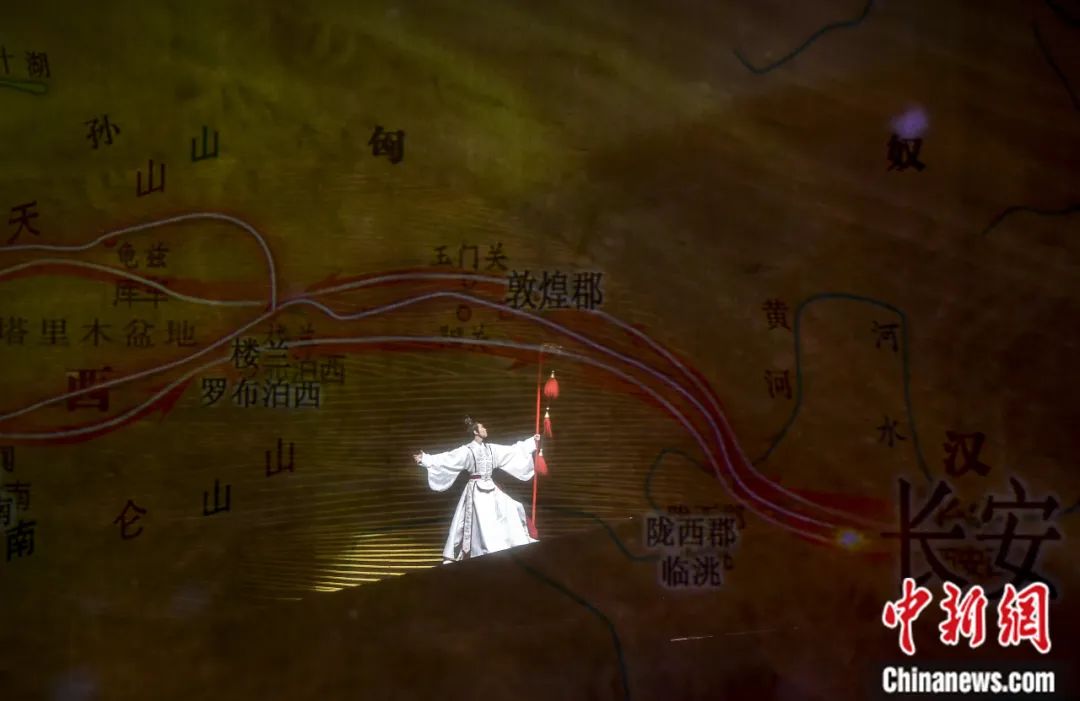
Historical theme dance drama "Zhang Huan". Photo by Liu Xin, a reporter from China News Agency
Of course, the process of China ’s understanding and understanding of Central Asia is also a process of deeply experienced the characteristics of this area and the change of civilization. Historically, Central Asia has experienced many national migration and religious changes, and its civilized state shows the hotspots of staged and diverse. Entering modern times, with the invasion of Western forces, especially the development of the British and Russian games, this area has gradually been incorporated into the colonial order network. The colonial order network was broken, and then it changed.
New positioning in the area: the uniqueness of Central Asia
In the research of global history, World-System Theory once systematically combed and analyzed the positions and roles of the entire world system, including East Asia, Latin America and other regions from the center-marginal relationship, and revealed How East Asia has gradually become an auxiliary part of the entire world division of labor in modern times, and has become the edge role of Western forces in the structure of political power; in addition, discussions on Latin America are of similar significance. For Central Asia, its related locations and role problems in the entire world system seem to lack in -depth analysis and discussion.
In fact, if the world system is pushed forward from the modern capitalist world, it can be found that the Silk Road passing through the Central Asian region has communicated with the Eastern and Western Eastern and Western sides of Eurasia and has become an important in the ancient world system. Maintain the bond. In the era of conquest of the University of Mongolia, for the first time in history, the world's political and economic system with a broad sense of Central Asia has been formed in the broad sense. This glory has continued until the 17th century. Since then, with the expansion of Western maritime trade and maritime military forces, Central Asia, which occupies the center of the Eurasian world system, has lost its former position.

The large -scale theme snow carving of the "Silk Road" in Changji, Xinjiang. Photo by Liu Xin, a reporter from China News Agency
The well -known world systemist and thinker Gunder Frank has highlighted East Asia through the book "Silver Capital", especially China in modern transformation. The connection position has also been brought up, which proposes the "Centrality" issue of Central Asia in the world system. He pointed out that Central Asia also has a central position for anyone who tries to systematically analyze the history of the world system. The reason why Central Asia is a black hole is that it must attract the attention and enthusiasm of the history of the world system. However, Central Asia may still be the most important and most ignored part of the world and its history. This is mainly of the following reasons: most of the history is written by those who have their own goals, especially those who legalize their victory. And Central Asia has been the home of some victors for a long time. For their achievements, they either describe some history or leave some historical relics. Since the 15th century, the Central Asian people have almost become the loser in both aspects. They lost to others on their own land, and their homeland where they were no longer were no longer the center of world history. In addition, these losses were quickly associated with each other: the attractive world historical centers were transferred to the periphery, ocean and the West. For a long time, Europe (or Western) centralism has not only marked and twisted/shaped the historical writing of "West", but also marked and twisted the historical writing of "East" and "Southern". Including descriptions of Central Asian history. Today, the situation is changing, and Central Asia is being discovered by the outside world. People need to re -establish the position of Central Asia in the world to understand the "centrality" it has once.
Uzbekistan National History Museum. Photo by Wen Longjie, a reporter from China News Agency
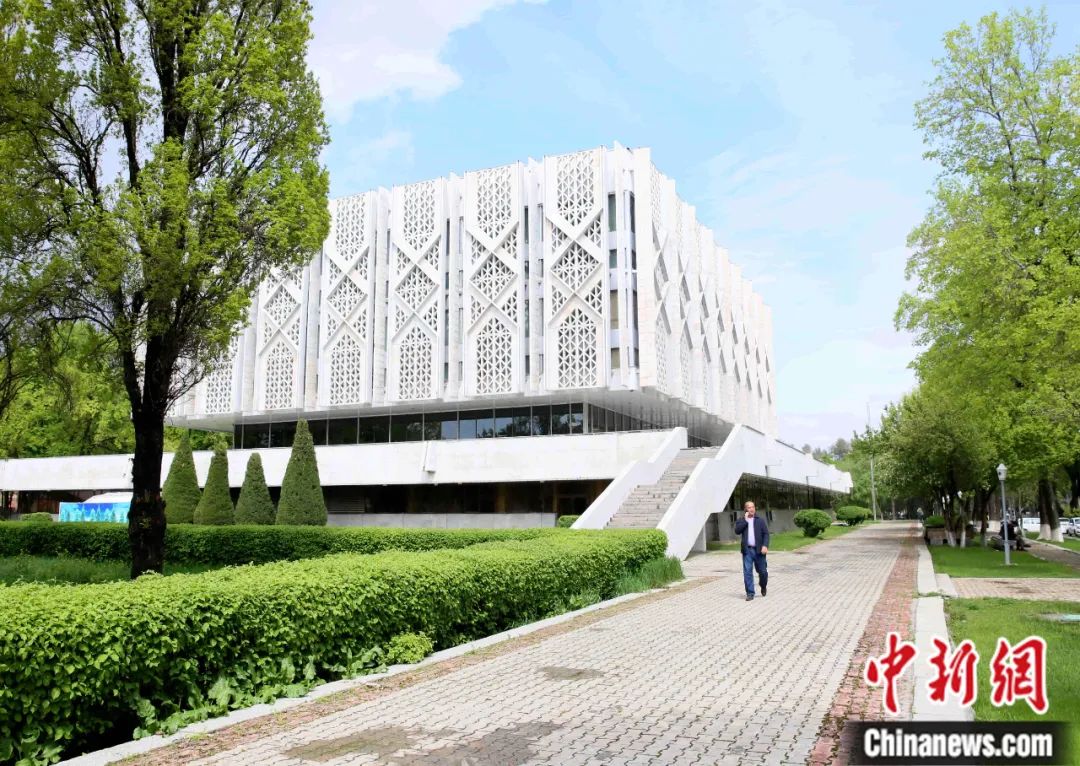
"Belt and Road" initiative: new historical interaction
History always provides wisdom for reality. The proposal and practice of the "Belt and Road" initiative, of course, with the historical scales of the Silk Road in history. With the rise of the majority of developing countries and the development of the new era, the interconnection within Eurasia is staminated by Central Asia. The hub characters in the area are rejuvenating new vitality and vitality.
In the past, China had its own order and practical logic. Trade activities on the Silk Road make a large number of valuable commodities circulating between China, Central Asia and the Mediterranean countries, and the businessmen, guilds and countries have actually been involved in this trading activity. The exchange of goods has also further promoted the exchange of personnel, literary and artistic works, ideas, and ideas, and finally formed a common memory of the entire Eurasian Road on the Silk Road.
The "Belt and Road" initiative in the 21st century has this historical consensus based on common memory, and also presents new interaction significance in the new era. In the actual exchanges with various countries in Central Asia, the "Belt and Road" initiative adheres to the concepts of policy communication, road Unicom, unblocked trade, currency circulation, and people's hearts. By the film, the road, belt, gallery, and bridge as the link, gradually form a regional cooperation pattern. At the conceptual level, taking into account the equality and safety needs of Central Asian countries, at the cultural level, fully consider the internal civilization characteristics of Central Asia, and formed a new pattern of cooperation that takes into account historical exchanges and realistic cooperation. future.
In 2019, the Chinese female painter Zhang Biyun's "Belt and Road" paintings exhibition was held in the city of Alamu, Kazakhstan, to show the local people at close range of Chinese culture and art. Photo by Wen Longjie, a reporter from China News Agency
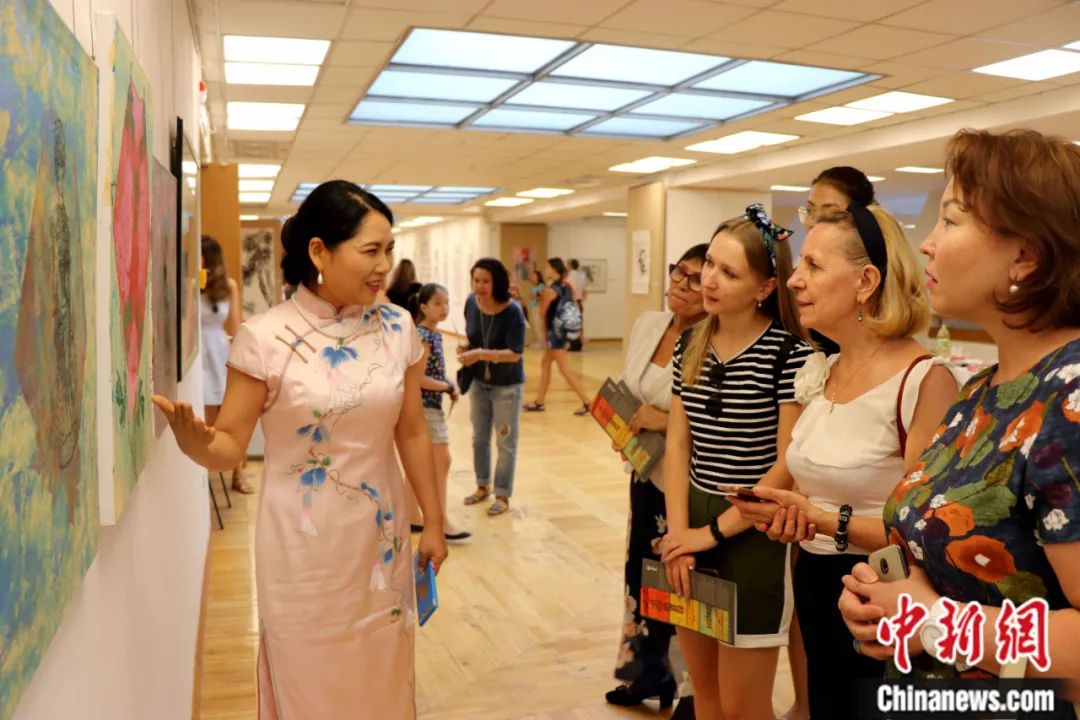
For thousands of years, the history and reality between Central Asia and China have constituted a profound ideological connection between Central Asia and China. Each of us living in the moment, if you are interested, can actively participate in this kind of related journey of mutual blending. Just as countless people support the Silk Road in history, people can also be new to Central Asia. To deepen the regional practice of the “Belt and Road” in the understanding, it will always be a time.
About the Author:
Yuan Jian, born in 1981, Suzhou, Jiangsu, Ph.D. in History, Associate Professor of the School of Ethnicology and Sociology of the Central University of China, Deputy Director of the Frontier Security Research Center, (Ministry of Education Base) China Minority Research Center Director of the Institute of Wallet Ethnic Research, Tsinghua University The university casts a special expert in the research base of the Chinese nation community consciousness research base. Mainly engaged in the research of border nations and Central Asian issues. Two and other two academic monographs such as "The Back of the Frontier: Rettelore and China Academic", and 9 such as "Dangerous Frontier: Nomad Empire and China" and other 9, editor -in -chief "Rittermore and the Frontier China" and "People in the People in the People" A variety of "series of" Essays of Studies in the Frontier Research "series, La Tiemore's works, etc., hosted a number of national and provincial and ministerial topics, published dozens of core journals and foreign languages, more than ten of them have Scientific Digest "" Copy Information of the People's Congress "and other full texts.

Text Editor: Wen Longjie Xu Crown
Image editor: Sudan
- END -
Shijiazhuang City announced the report of the mass supervision of garbage classification
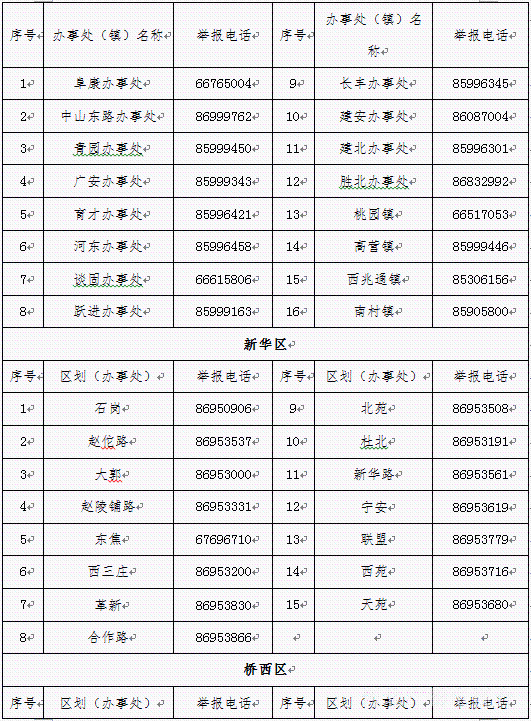
In order to further promote the effective development of Shijiazhuang's domestic g...
Eight questioning ecological environmental damage compensation system reform
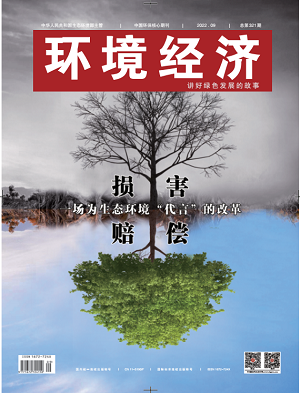
There is no difficulty in reform. If there are problems, reforms are always encoun...